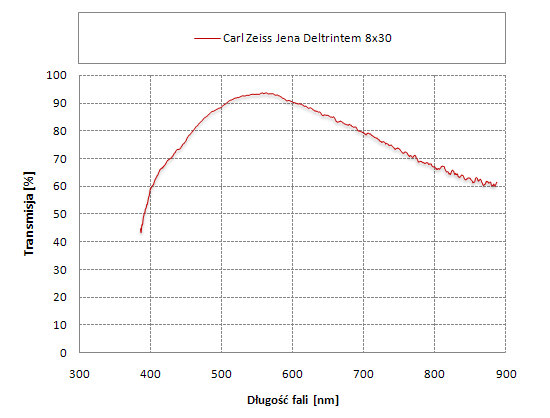




I have disassembled another sample and compared to the Binuxit 8x30 - the Zeiss West is a very complex, I might say complicated construction, quite awesome and a contrast to the simple, more efficient, much older Binuxit design. Only the diopter adjustment is far too loose and needs some gaffer tape to be held in position. They are incredibly small and unique in their size and shape (although the Nikon E2 seems to copy them) - simply beautiful, and honestly: this is their main appeal.
CARL ZEISS JENA BINOCULARS SN 1967000 PROFESSIONAL
So a professional cleaning and recollimation must be figured into the equation (about 200 Euro).Īfter two bad samples I finally got a serviced one for a reasonable price. They were probably built from 19 (non-B) and from 1958 to 1978 (B) and withstanding the wonderful build quality they are normally unusuable without a service, as ALL of them seem to be foggy. I am indebted to Timo Mappes for his help in describing this interesting microscope.The Zeiss West 8x30s are legendary, classic porros. This is another example of a very fine "Jug-Handle" style Carl Zeiss microscope. Here are two Zeiss 1B stands of the same period: one was sold via an agency in Paris and thus had the name of the dealer in Paris on the wooden case. Four additional are achromatic, high NA and high magnification. Three are apparently older (possibly originally supplied with the instrument). The condenser is an Abbe-type with an additional upper iris diaphragm. The binocular configuration of this microscope was quite common, as there are illustrations of them on this very stand dating from 1920, shortly before the jug-handle was discontinued. This style of binocular is a so-called "Bitumi", introduced in 1920. Later, c1922, a binocular/stereoscopic eyepiece was added to the instrument. Originally it was sold with a monocular eyepiece. Two eyepiece configurations come with this microscope. It has a rotating stage with X/Y mechanical movement, a three position nosepiece, a rack and pinion coarse focus adjust and a Bergen fine focus mechanism. The stand has an oval cutout for handling the instrument, which is the source of the nickname "jug-handle base". This microscope is a black lacquered upright compound microscope on a horseshoe base. All parts were undoubtedly made by Zeiss however attested by the various "Carl Zeiss, Jena" logos on the stand, stage, and eyepiece. On this microscope you can see the B&L logo on the top of the fine adjustment block as well as the eyepiece-barrels. During that time B&L added its logo to the instruments it sold in the US. This instrument in the Golub Collection is a fine example of instruments arising from that cooperation. At the turn of the 20th Century Zeiss entered into a cooperative agreement with B&L and Sägmüller (English: Saegmuller) to manufacture and sell optical equipment to the US government, starting first with binoculars then expanding into other optical equipment including microscopes. The microscope was made entirely by Carl Zeiss, but was sold in the US by Bausch & Lomb (Rochester, NY). This microscope is a Carl Zeiss (Jena) Large Microscope Stand No.1B, SN 65207, manufactured in 1914.


 0 kommentar(er)
0 kommentar(er)
